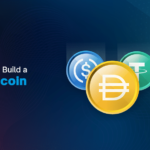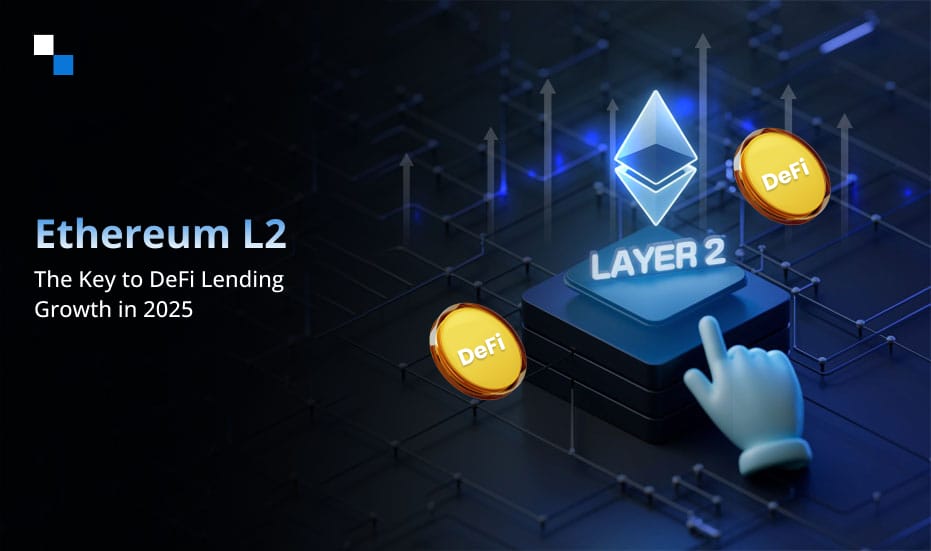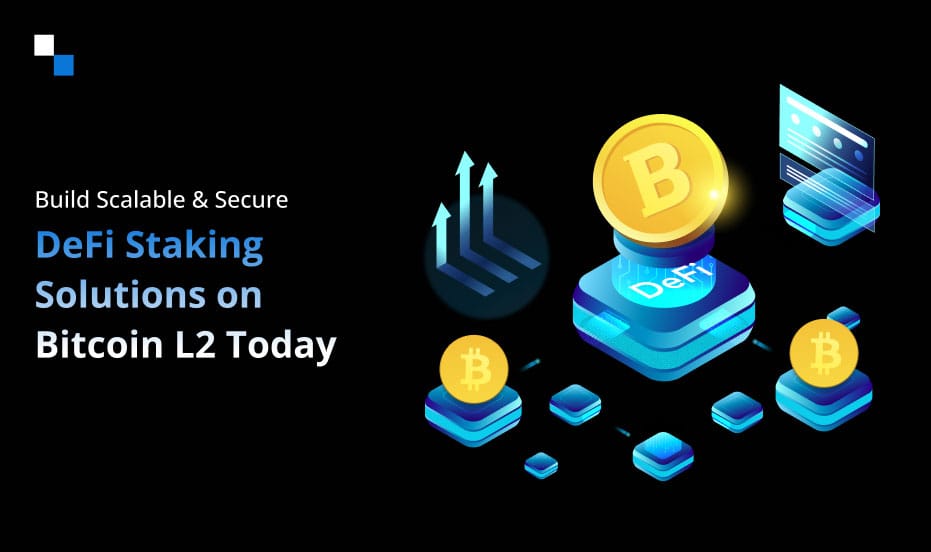
Understanding the Benefits of a P2P Crypto Exchange
February 16, 2021
4 Steps to Build a Stablecoin
February 18, 2021Decentralized Finance (DeFi) promises to bring the products of the traditional financial industry to the blockchain. With that, it aims to increase the accessibility of lending and borrowing for the masses. As a result, with a DeFi platform, users can easily lend and borrow crypto assets without the need of going through tedious traditional banking processes.
Problems with traditional lending and borrowing set-up
- Borrowers need to have a required credit score to qualify for the loan.
- Both borrower and lender are burdened with loads of documentation.
- Intermediaries add to the cost and time that goes into the entire lending and borrowing process.
- Such a set-up is susceptible to manipulations. The cost of manipulation is borne by the borrower eventually.
Develop Your DeFi Lending & Borrowing Platform
The idea behind DeFi lending and borrowing is to facilitate cryptocurrency lending and borrowing using smart contracts. This eliminates the need for a credit scoring system and an intermediary for seamless lending and borrowing. Impressively, the idea appealed to the masses so much that within one year, the Total Value Locked in DeFi protocols soared from $1.19 Billion to $38.18 Billion.
How does DeFi lending and borrowing platform development work?
Crypto assets worth billions are sitting in holders’ wallets. However, the users are not able to accrue any interest for their crypto holding. This is where DeFi lending and borrowing comes in and here are some of its advantages:
- In a DeFi space, anyone can become a lender and earn interest.
- Even the unbanked borrowers can apply for crypto loans without having to go through any tedious process.
- DeFi lending and borrowing is a decentralized and anonymous process
- Borrowers need to over-collateralize their loans. This protects the lenders’ interests in case the value of collateral drops.
Process of DeFi loans
DeFi P2P lending and borrowing platform development services use a smart contract to process the loans. The platform is designed in a way that allows users to pool-in their assets in a liquidity pool. This pool is used to provide loans to borrowers. The rules of lending and borrowing are programmed in the smart contract.
Along with that, each liquidity pool has its own way of distributing interest to the lenders. This is also programmed in smart contracts. As a result, there is no need for an intermediary to process the loans or pay-out the interests. All of the processes are automatically handled by smart contracts.
Protecting the Lender
DeFi borrowing platform development helps lenders and borrowers connect in a peer-to-peer manner. While the platform is decentralized, it prevents manipulation of processes and lowers the barrier for loans. However, it must ensure that the lender’s assets are protected all the time and he receives the interest on time. To achieve the same, the borrower is required to deposit collateral before he takes out a loan.
DeFi lending and borrowing platform development services help borrowers deposit collateral (in cryptocurrencies) using a smart contract. Once the borrower pays back his loan, the smart contract distributes a part of the collateral to the lenders as interest payment and sends back the remaining collateral amount to the borrower.
Develop Your DeFi Lending & Borrowing Platform
Schedule Free DemoHow much loan can a borrower take out?
Two aspects help determine the cap of how much a borrower can loan out. These factors are:
· Total fund pool – This is the total amount of liquidity present in the pool. It’s not a challenge unless a borrower tries to apply for a loan greater than the total fund pool.
· Collateral cofactor – This is basically the total amount of funds that can be borrowed according to the collateral quality. For example, the collateral cofactor or ETH on Compound is 75%. This means a borrower can loan equivalent to 75% of the collateral deposited as ETH.
Challenges faced by borrowers. Are there any risks involved?
To protect the lender’s interest, borrowers are required to over-collateralize their loans. If the value of the collateral drops below a certain percentage, the smart contract will start liquidating the collateral to pay back the lender. While cryptocurrency is a highly volatile market, a drop in the value of collateral means the borrower will have to bear the loss.
Risks with DeFi
As DeFi is not controlled by any centralized organization, it does not face the challenges faced by traditional finance. However, the DeFi sector is still evolving and the current risks associated are:
- Smart contract Risk
The most important aspect of DeFi lending platform development is the smart contract audit. This is because, if there is a code loop-hole or third-party tampering, the hackers can easily wipe out the assets locked in the protocol.
- The rapid increase of borrow APYs
The DeFi lending and borrowing platforms are designed in a way that the APY changes dynamically as per the market demand. So, in case the borrowing demand increases on a certain DeFi protocol, the APYs might shoot up and the borrowers will have to pay much more than they had to pay initially.
If you are planning to build a DeFi lending platform, Antier Solutions can help. We provide white label lending software to accelerate deployment, helping you to quickly launch your software. In addition, we offer customized DeFi lending and borrowing platform development services to build a new lending platform from the ground up.
Schedule a free demo of our white label DeFi lending platform or connect with our subject matter experts to share your needs for a custom lending platform to be built from scratch.



